Weather
There are several ways to think about weather tools:
Direct Measurement Tools:
These tools take real-time readings of specific weather elements. Some common ones include:
- Thermometer
- Anemometer
- Wind vane
- Hygrometer
- Rain gauge
- Barometer
Showing all 12 results
-
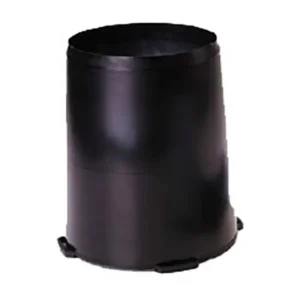
RG200 Rain Gauge, 6 inch (Tipping Bucket)
Read more -
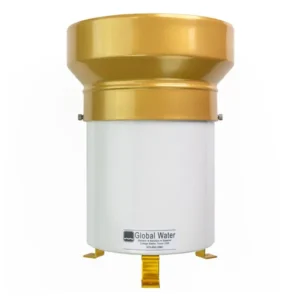
RG600 Tipping Bucket Rain Gauge
Read more -

SDI-12 Rain Gauge
Read more -
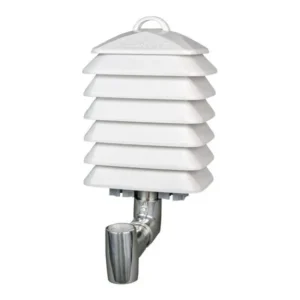
Solar Radiation Shield
Read more -
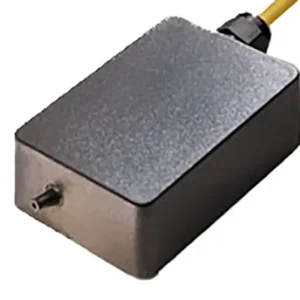
WE100 Barometric Pressure Sensor
Read more -
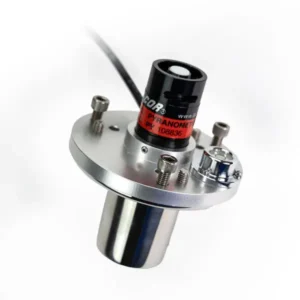
WE300 Solar Radiation Sensor / Pyranometer
Read more -
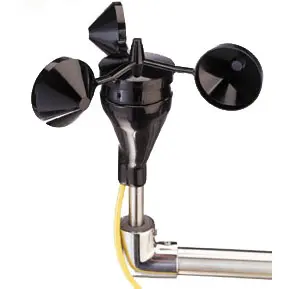
WE550 Wind Speed Sensor
Read more -

WE570 Wind Direction Sensor
Read more -
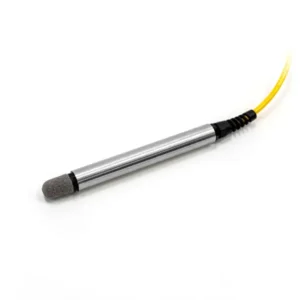
WE600 Humidity Sensor
Read more -
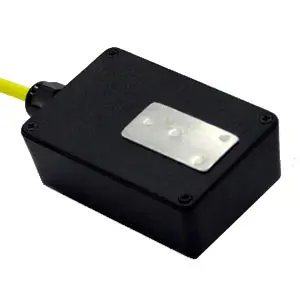
WE710 Surface Temperature Sensors
Read more -
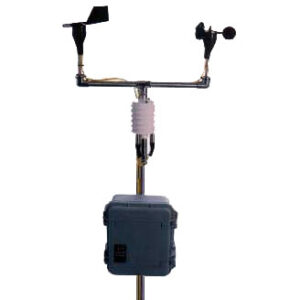
WE800 Weather Station Data Logger
Read more -
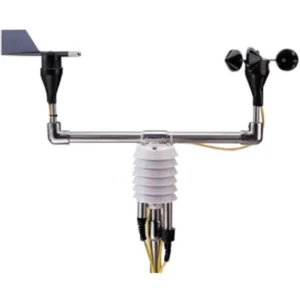
WE900 Weather Station (4-20mA)
Read more
There are two main ways to think about weather tools: those that directly measure the weather around you, and those that help you interpret and forecast weather conditions.
Direct Measurement Tools:
These tools take real-time readings of specific weather elements. Some common ones include:
- Thermometer: Measures air temperature.
- Anemometer: Measures wind speed.
- Wind vane: Indicates wind direction.
- Hygrometer: Measures humidity levels.
- Rain gauge: Measures rainfall amount.
- Barometer: Measures atmospheric pressure, which can help predict weather changes.
Many of these tools are combined into weather stations, which provide a comprehensive overview of your local conditions.
Weather Forecasting Tools:
These tools rely on collected weather data and scientific models to predict future conditions. There are two main options:
- Weather apps and websites: These widely available resources offer forecasts for your specific location, often with detailed information like hourly breakdowns, chance of precipitation, and wind speeds.
- Professional weather services: These services provide more in-depth forecasts, tailored to specific needs such as agriculture or aviation.
By using a combination of direct measurement tools and forecasting tools, you can gain a much clearer picture of the current and future weather conditions.
